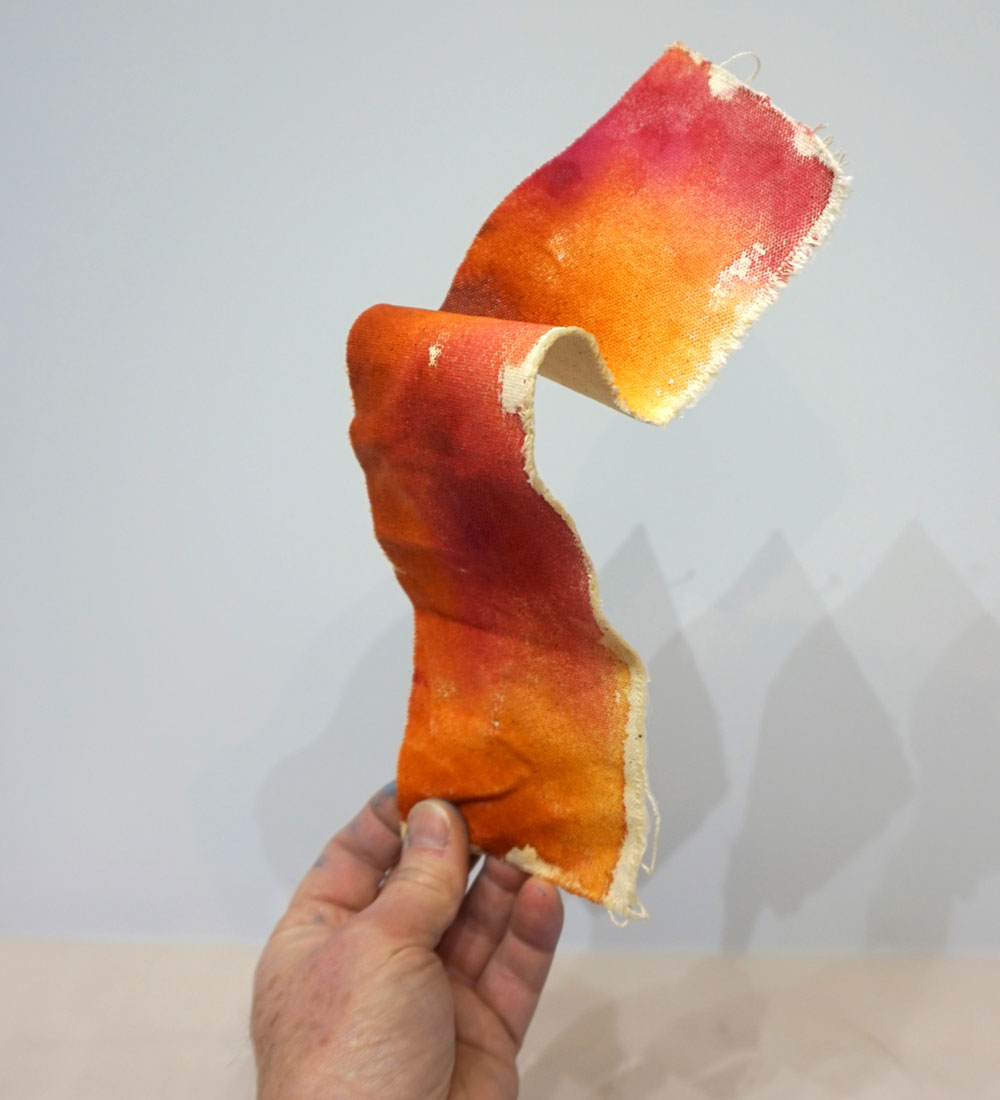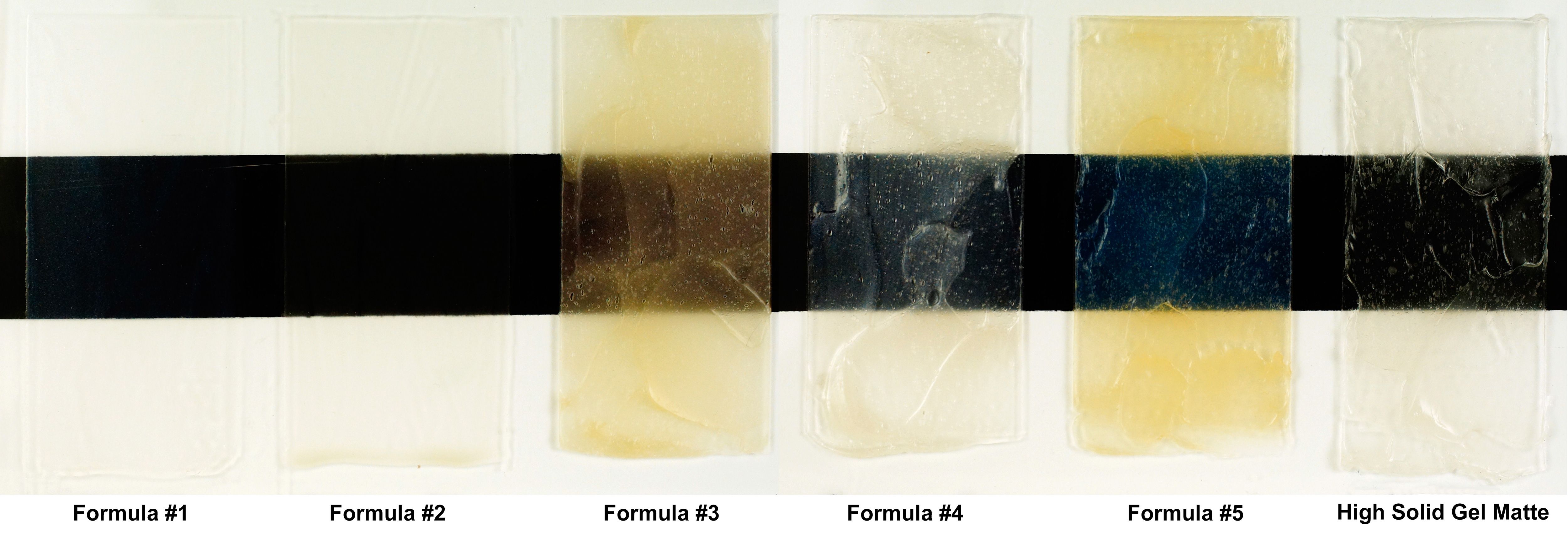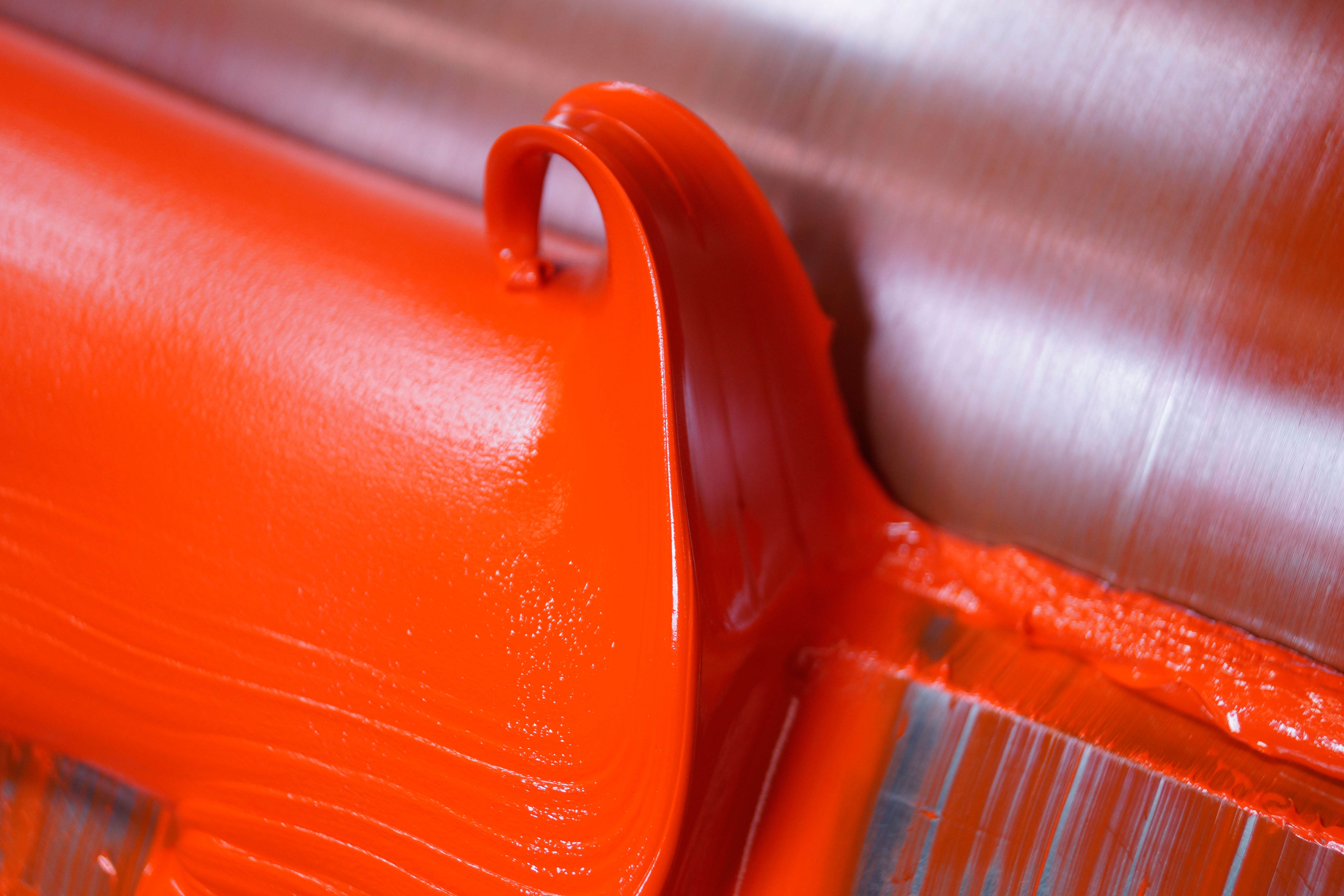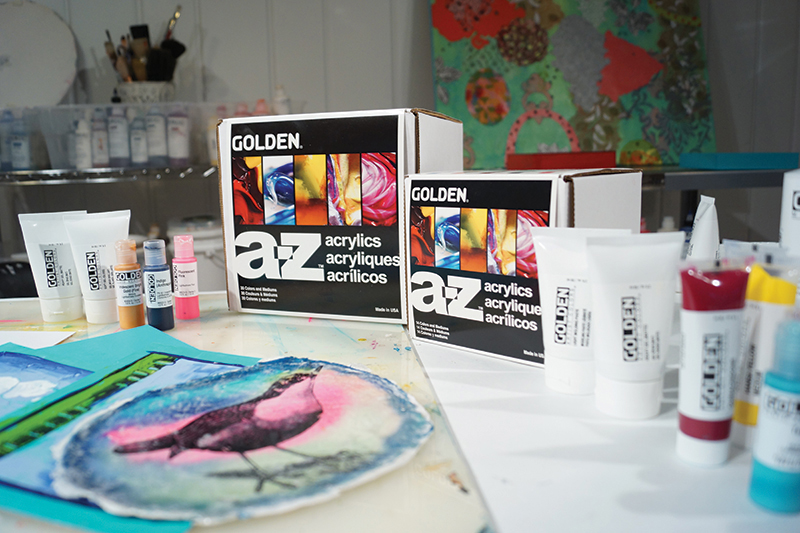GAC 400 is used to stiffen fabric or paper made from natural fibers. It is a water-borne acrylic that dries to a hard, stiff film. One good coat that soaks in well should be enough to stiffen the material. It can be used to replace rabbit skin glue for stiffening linen and canvas in preparation … Read more
Home>Acrylics> Application > GAC 400: Fabric and Paper Stiffener
Archive | Acrylics
Large paintings present an increased difficulty level when it comes time to apply an “isolation coat” or a varnish layer. Spraying in lieu of brushing makes sense when a smooth, defect-free surface is desired. After all, there are reasons vehicles are spray painted instead of using a brush! While one may be receptive to the … Read more

Dibond is a trade name for a type of painted aluminum composite panel made by Alcan Composites. There are other brands and types of Aluminum Composite Panels that may have a bare aluminum side or different types of coatings, which may require different surface preparation. Dibond panels are made with two lightweight sheets of .012″ … Read more
Any Matte or Semi-Gloss medium or Gel Medium can impart a waxy look. The specific manner in which it is applied can also increase or decrease this effect. It can be helpful to test with several mediums or gels on sacrificial pieces until you get a feel for the mediums or gels and application techniques that … Read more
The European Chemicals Agency (ECHA) recently published its final decision that Cadmium pigments will not be restricted in artist paints. You can read the entire document here: http://ec.europa.eu/growth/tools-databases/newsroom/cf/itemdetail.cfm?item_id=8530&lang=en In two previous issues of Just Paint we shared information concerning the possibility of Cadmium pigments being banned in artist paints. Just Paint Issue 4 (October 1996) … Read more

If comparing GOLDEN’s Neutral Gray series to the Munsell® Grey Scale that they are based on, you might quickly realize that one step is missing – namely N9, the Munsell® gray that is one step below pure white. And clearly the natural question is why? When the Neutral Grays were first created it was felt … Read more
Most painters have a sense of how to prepare panels for oil and acrylic paintings when they are meant to be shown indoors, and we even published a couple of Just Paint articles on the topic: Understanding Wood Supports for Art – A Brief History Plywood as a Substrate for Painting However for both Muralists … Read more
I have been teaching, writing and lecturing on acrylic methods and materials for over 20 years. So, when asked to write about an A-Z Acrylics set that didn’t contain at least 1,000 different colors, mediums and additives, I thought, “well, this can’t really be Acrylics A-Z, but maybe A-B!” In fact, without having to spend … Read more
A foray into printmaking using OPEN Acrylics as the primary printing ink and because the possibilities don’t stop there, a few experiments with High Flow Acrylics and QoR© Watercolors as inks. This foray is by no means comprehensive, but rather a journey of possibilities and experimentation. Our adventure begins with OPEN Acrylics as our “ink.” … Read more
Artists have been using plastics as a substrate for their work since their development as a consumer material. Early plastics were heralded with such acclaim that they were awarded special honors during the London 1862 World’s Fair. These nitrocellulose plastics were used in constructions by artists Naum Gabo and Antoine Pevsner in their work of … Read more








